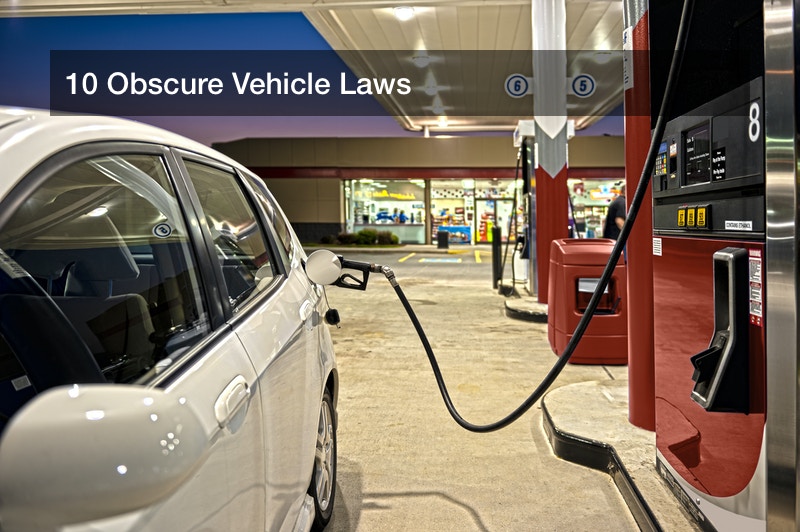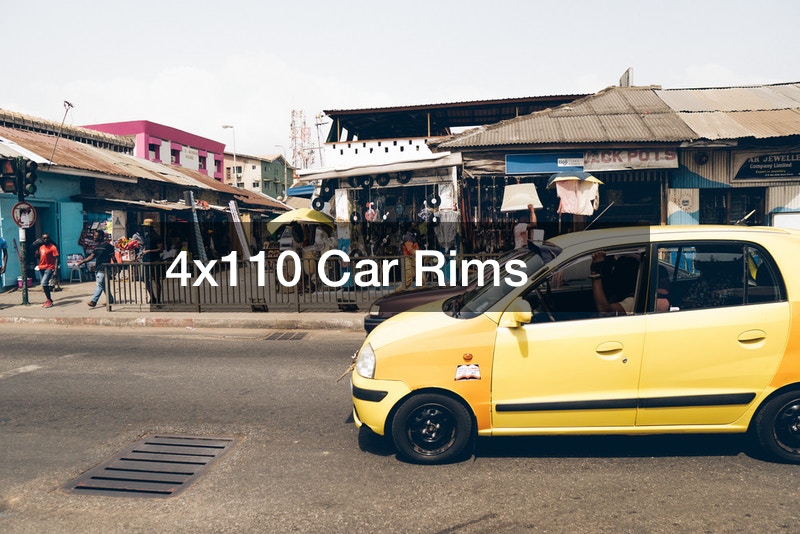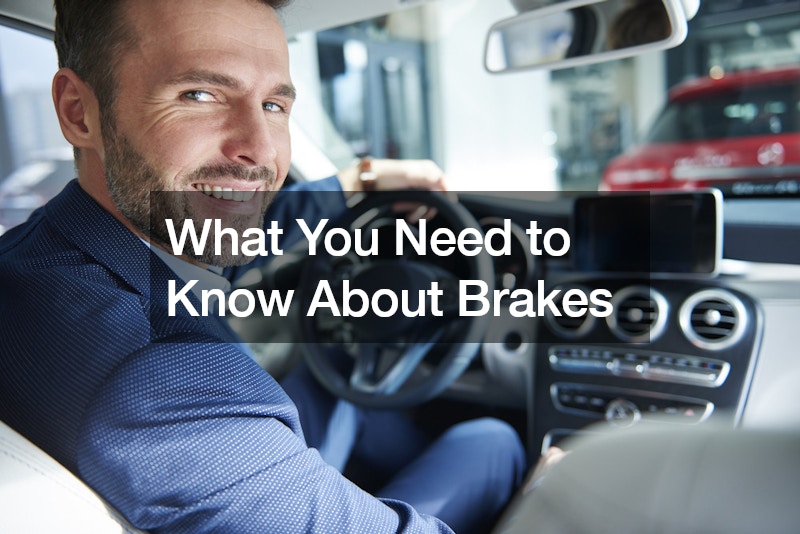
The vehicle code for most states is voluminous. As you might recall from driver’s education class, your state has laws about how close you can park to an intersection, how fast you can go on an unmarked street, how often your car needs an inspection, and even what you need to do at a railroad crossing.
Most of these laws are easy to remember because they are based on common sense. Moreover, you have probably experienced most of these situations so frequently that obeying the law is second nature.
However, some vehicle laws are directed at very specific situations that were experienced in a state or a particular concern of state lawmakers. Here are ten weird and obscure vehicle laws:

Keep Your Car Clean
In Minnesota, some towns have vehicle laws against driving with mud-clogged wheels or wheel wells. While this law might seem ridiculous, the explanation for the law is logical — muddy wheels and wheel wells lead to rocks and mud on roads. Similar laws exist in Iowa where it is illegal to dump trash on a highway and Alaska where it is illegal to string wire across a road or dump glass, nails, or cans on a road.
According to the U.S. National Highway Traffic Safety Administration (NHTSA), loose debris on roads can lead to loss of control of a vehicle that might be at the root of up to 26,000 vehicle accidents every year. So, Minnesota laws against dirty wheels and wheel wells are not intended to shame you for having a dirty car. Rather, they are intended to keep roads clean and safe.
Equally importantly, road debris can damage windshields and paint when it becomes airborne. Trucks, cars, and even wind can kick rocks and mud into the path of other vehicles. By some estimates, up to 14 million windshields are repaired or replaced every year in the U.S. By preventing road debris, clean vehicle laws can reduce windshield damage and save you from dealing with your automotive insurance policy carrier.

Do Not Change Your Clothes in Your Car
Laws in New York and California prohibit changing your clothes inside your car. Since these vehicle laws do not specify that they are limited to moving vehicles and also apply to stopped vehicles, you can infer that they are aimed at two problems.
First, public decency at beaches, parks, or other public places might dictate that sunbathers, swimmers, and joggers should not change their clothes in their car before or after their activities. This makes sense, although it might seem somewhat prudish in nature.
Second, and more importantly, changing clothes in a moving car can create a dangerous distraction for the driver and other motorists. According to the NHTSA, distracted driving may contribute to as many as 845,000 car crashes every year in the U.S.
Distractions can take many different forms including:
- Texting
- Eating or drinking
- Reading
- Cell phone use
- Putting on makeup or dressing
Although electronics use is often targeted for blame in distracted driving collisions, anything that distracts a driver’s mind, eyes, or hands from the task of driving is considered a distraction. From slamming on your brakes after spilling a drink to swerving while reading the “for sale” sign on a used boat for sale, distracted driving can come in many forms.
Vehicle laws that prohibit texting while driving, handheld cell phone use, or even changing clothes in a vehicle can help reduce the number of distracted driving accidents every year.

Wear a Helmet
Every motorcycle accident attorney will tell you that motorcycle accidents are dangerous. Motorcycles are more difficult for drivers to see than cars and trucks. More importantly, motorcyclists are more exposed when a collision occurs since motorcycles do little to protect the motorcyclist.
Every state, except Iowa and Indiana, requires motorcycle helmets for at least some motorcyclists. Of those states, most require helmets for motorcyclists under the age or 18 or 21. Nineteen states, including some of those with some of the busiest roads like Missouri, California, and Georgia, have universal motorcycle helmet laws.
In a similar way, 37 states plus the District of Columbia have vehicle laws requiring a bicycle helmet on at least some roads. Bicyclists are at even greater risk than motorcyclists their smaller size and lighter weight provides almost no protection in a collision with a car or truck.
Most bicycle accidents occurs in the evening when visibility is poor. Moreover, three times as many bicycle accidents occur in cities and suburbs where commuter traffic is heavy. When you ride your bicycle in these areas during these times, wearing a helmet might not just satisfy the law — it might save your life.
You Do Not Need a Driver’s License to Operate Warehouse, Mining, or Farm Machinery
A vehicle law that might surprise most people is one that millions of drivers take advantage of every day. Most drivers have not read their state’s driver’s license laws and are unaware of what it says, other than listing the minimum driving age. However, most state laws are very specific about who they cover.
For example, in most states, a driver’s license is only required to operate a motor vehicle on public roads and highways. Driving a vehicle that never leaves private property does not require a driver’s license under most states’ vehicle laws. In fact, the U.S. Occupational Safety and Health Administration (OSHA), a federal agency responsible for worker safety, likewise does not require workers to have a driver’s license to operate a motor vehicle that never leaves the private property.
For example, in most states, a driver’s license is not required for:
- Forklift contractors operating a forklift inside a warehouse.
- Farmers operating tractors and other farm equipment on a farm.
- Miners driving ore carriers, dump trucks, or other vehicles in a mine.
However, just because vehicle laws do not require a driver’s license to operate these vehicles does not mean that the operators are untrained. OSHA does require operators to complete training for operation, and safety equipment must be provided if the vehicle is operated around other vehicles and workers.
Moreover, if the equipment must be transported to a different job site via public roads or highways, it must either be driven by an operator who has a driver’s license or loaded onto a truck transport or other vehicle carrier to be moved.

You Might Not Need a Special Driver’s License for Off-Highway Vehicles (OHVs)
In most states, OHVs (also called ATVs) can be operated on public lands and private property without a driver’s license. However, a driver’s license is needed to operate OHVs on public roads and highways.
Although states usually do not require a driver’s license to operate an OHV, other restrictions might be imposed. For example, many states require OHVs to be registered and licensed by state residents. If an OHV is used in a state that requires registration but is owned in a state that does not, the state might require a temporary registration to be obtained.
Similarly, many states require OHV operators to obtain a trail permit to operate the OHV in state parks. This is used to ensure that the trails are not so crowded that safety or the environment is compromised. These permits are usually required year-round for dirt biking and ATVing as well as snowmobiling.
Moreover, some states might impose restrictions on operators. For example, while most states do not require a driver’s license to operate an OHV on private property, some set a minimum age. For example, in Maryland, OHV operators must be 12 years old and in Iowa, OHV operators can be younger than 12 years old as long as they are supervised by an adult.
You Might Need a Special Driver’s License for Limousines
On the other hand, you not only need a driver’s license to drive a limousine but might need a special driver’s license. State laws vary on the licensing requirements for drivers who transport passengers.
The baseline regulation comes from the U.S. government, which requires any driver of a vehicle designed to transport 16 or more passengers to hold a commercial driver’s license (CDL). Similarly, a driver of any number of passengers using a vehicle over 26,000 pounds fully loaded must have a CDL. Beyond this, however, states have a considerable range in implementing additional regulations on drivers for limousine and car services. For example:
- In 16 states, you need a chauffeur’s license to drive passengers.
- In Wisconsin, you need a CDL to drive any vehicle longer than 45 feet regardless of the number of passengers.
- In Nevada, commercial passenger drivers must hold a CDL regardless of the size of the vehicle or number of passengers.
Keep in mind that these vehicle laws apply to commercial settings. When you drive a vehicle strictly for personal purposes, you usually do not need a CDL or a special driver’s license. For example, if you drive moving trucks, box trucks, RVs, or limousines for your personal purposes, you probably do not need a CDL or chauffeur’s license unless the vehicle weighs over 26,000 pounds fully loaded.
Do Not Modify Your Golf Cart
Many states exempt golf carts from vehicle laws. For example, golf carts usually do not need to be registered or have a license plate. However, to qualify for these exemptions, golf carts usually have to meet certain requirements including:
- Electric power. Golf carts with gasoline engines may need to be registered as vehicles and carry a license plate.
- Limited speed. Golf carts are usually designed to go 15 miles per hour. Golf carts built or modified to go faster than 15 miles per hour might need a vehicle registration.
- Designed to carry golf equipment. Golf carts are intended for use on golf courses rather than roads. If a vehicle is not designed to carry golf equipment, it is presumed to be an OHV or regular vehicle and, thus, subject to vehicle laws.
While golf carts have been built or modified to go up to 55 miles per hour, you should avoid doing so. Not only are golf carts unsafe at such high speeds, but a modified golf cart might also expose you to a traffic citation for driving an unlicensed and unregistered vehicle.
Do Not Leave Your Car Doors Open
In Oregon, you can receive a traffic citation for leaving your side doors open longer than necessary to load or unload passengers or cargo. Although this might seem like an obscure and weird law, the rationale makes sense.
When a vehicle’s doors are open, they can obstruct traffic. Open doors create a traffic hazard by forcing bicyclists and motorists to swerve around them to avoid a collision.
The existence of this law can help those injured in accidents caused by open car doors. The legal doctrine of negligence per se applies when someone causes an accident while doing something that violates a law. This doctrine allows the injured person’s auto accident attorney to skip over the steps of proving negligence when the person who caused the injury broke the law.
For example, suppose a driver leaves the car door open and a bicyclist is injured by running into the car door because the cyclist was unable to swerve into traffic to avoid it. The cyclist’s attorney could sue the driver and would be allowed to establish negligence per see ban rather than proving negligence. This could substantially shorten the case and improve the cyclist’s chances of winning.
Do Not Peel Out
The first speeding ticket in 1902 was issued when cars could barely reach 45 miles per hour. Now, street racers can exceed 200 miles per hour and endanger both racers and bystanders.
Street racing is illegal in every state. Instead, racers are supposed to limit their racing to closed tracks where both the drivers and viewers can be protected. However, Kansas has a law that goes further than banning street racing. In Kansas, it is illegal to peel out (also called burnout or burn rubber).
A burnout occurs when the car is held stationary with the brake while the wheels are accelerated, causing the rubber in the tires to heat up and smoke. Burnouts have a role in drag racing. Hot tires grip better than cold tires and nothing heats up tires more than burnout. Moreover, a burnout evaporates any moisture on the tires and road surface, reducing road slickness for the race car’s start. Burnouts can also wear out a vehicle’s power train, brakes, and tires.
In Kansas, street racing can not only earn you tickets for speeding and reckless driving, but you can also get a ticket for peeling out.
Vehicle laws are intended to protect the health and safety of motorists, pedestrians, truckers, motorcyclists, and bicyclists. Rather than adopting uniform laws, states are free to experiment with different vehicle laws to address specific problems that arise in their states. While this might lead to inconsistent and even contradictory driving laws, it can also successfully guide states to trying out new policies that can be adopted by other states.
For example, legal bans on texting while driving were first implemented in the early 2000s and today, 48 states plus the District of Columbia ban drivers from texting. This is an example of states experimenting with solutions to the problem of distracted driving and using the experience of other states to adopt their own laws.
So, while some vehicle laws might seem weird or obscure, successful laws, like motorcycle helmet laws, seat belt laws, and texting bans prove that laws can move from obscurity to universal in just a few years.



